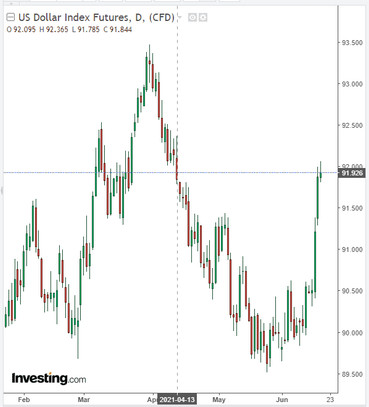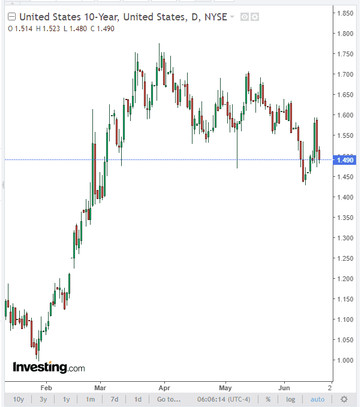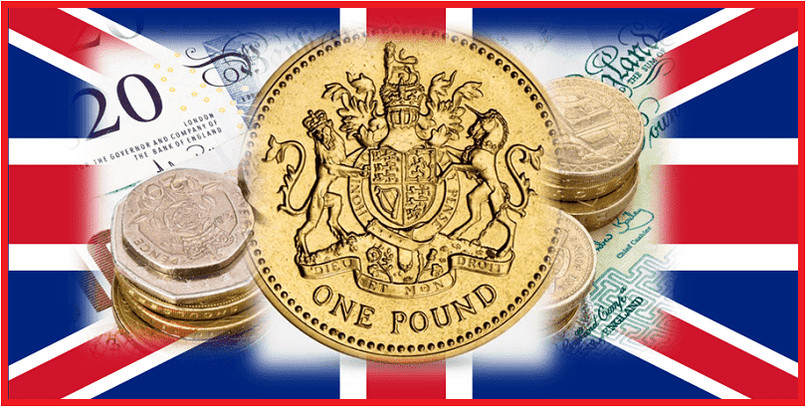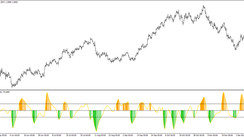Since the opening of today's trading day, the GBP / USD pair has dropped. At the time of this article's publication, it was traded near 1.3895 mark, down from an intra-week high of 1.4132, reached last Wednesday before the Fed meeting. Today GBP / USD has been declining for the 4th day and 3rd consecutive week.
Meanwhile, on the eve of the Bank of England meeting, which will be held next week, market participants continue to analyze the macroeconomic data coming from the UK. Thus, the inflation report published on Wednesday indicated a rise in consumer prices in May by 2.1%, which supported the British pound. The consumer price index CPI in monthly terms increased by 0.6% in May (against the forecast of +0.3%). The CPI rose 2.1% on a year-to-year basis, breaking the key 2% mark adopted by the Bank of England, for the first time in nearly two years.
At the same time, the producer price index rose by 10.7% in May (on an annualized basis), which clearly demonstrates the upward pressure from prices for commodities, fuel and transport, which led to an increase in producer costs.
Inflation has exceeded the benchmark of the Bank of England. Considering the positive data on the British labor market, published last Tuesday, it can be assumed that the Bank of England in the near future may begin to discuss the curtailment of quantitative easing measures.
Rising inflation increases the likelihood of the Bank of England raising the interest rate, for example, in the third quarter of 2022, according to some economists. This is a positive factor for the pound.
However, there are negative aspects for further strengthening of the pound. The British economy and the pound face a new risk of the possibility of a trade war between the UK and the EU over the Northern Ireland protocol.
Another risk associated with Brexit is the risk of labor shortages in some sectors of the economy, which brings uncertainty to the Bank of England's monetary policy prospects.
Retail sales in the UK unexpectedly dropped 1.4% in May compared to April, the Office for National Statistics said today. The main decline was observed in grocery stores. Supermarket sales fell 5.7% in May. This means that UK GDP growth in May and Q2 will not be as strong as expected.
The government's decision to postpone the lifting of the remaining quarantine restrictions in England also does not support the pound.
Most likely, at its meeting on Thursday, June 24, the Bank of England will follow the example of other central banks and, ignoring the growing inflation, will not change the parameters of its monetary policy. Although, tougher rhetoric from the leadership of the Bank of England regarding the threat from growing inflation is also not excluded, which could push the pound up.
No important news is scheduled for the second half of today's trading day. Most likely, at the beginning of today's American trading session, some strengthening of the dollar is possible. However, in the second half of the American session and towards the end of today's trading day, one should expect profit-taking in part of the long positions in the dollar, opened after the FRS meeting last Wednesday, which will lead to its weakening.

The DXY dollar index still maintains a strong positive momentum. At the time of this posting, DXY futures are traded near 91.94 mark, at yesterday's highs, corresponding to levels 2 months ago.
However, it is worth paying attention to the yield on 10-year US bonds, which today continues to decline for the second day in a row. At the moment it is 1.490%, down from yesterday's high of 1.594%. This is a negative warning factor for US dollar.






